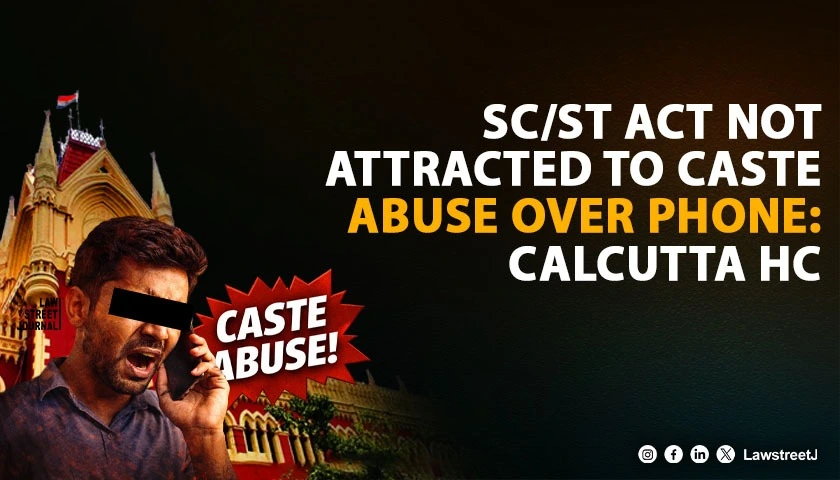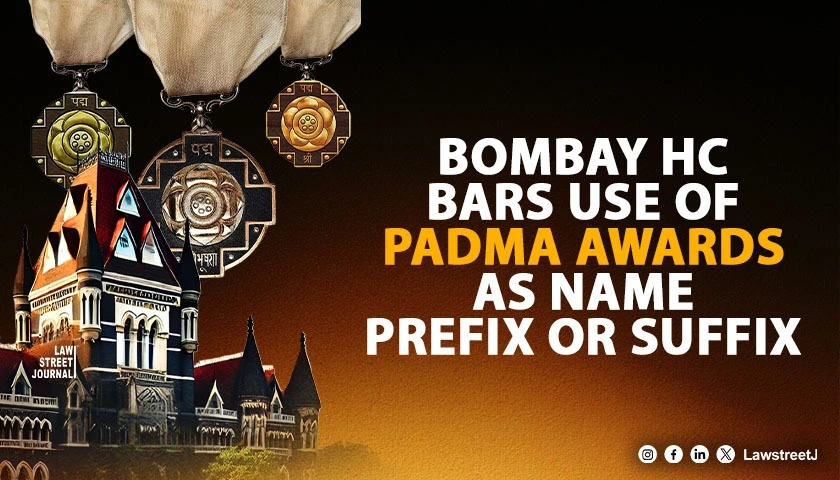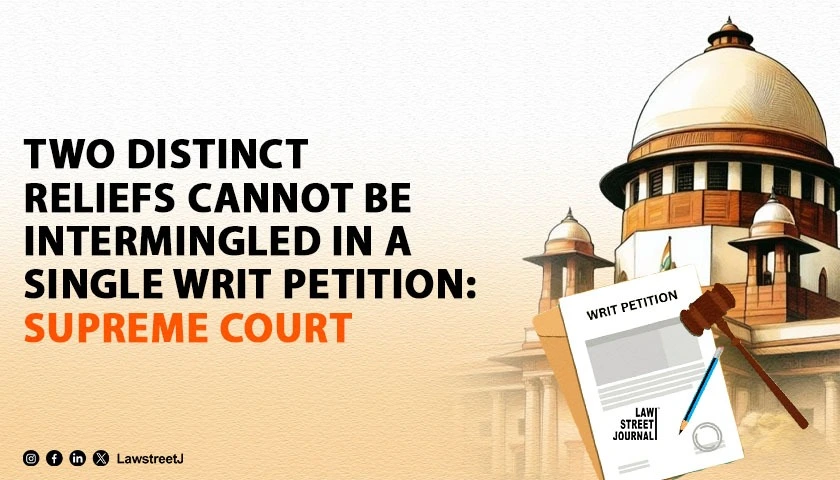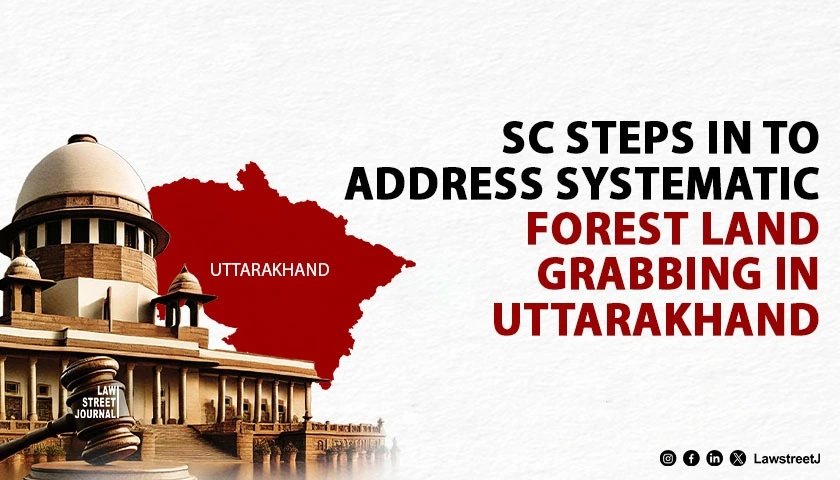NEW DELHI: A Gujarat court has acquitted 35 people in four cases related to the 2002 post-Godhra riots, noting the accused including doctors, professors, teachers and businessmen had to unnecessarily face prolonged trial due to uproar of pseudo-secular media and organisation.
The court also held that the "post Godhra riots were spontaneous and not planned as described by pseudo-secular persons.
In a judgement pronounced on June 12, Additional Sessions Judge Harsh Balkrishna Trivedi, Halol court in Panchmahal district set free 35 accused of all the charges.
"The prosecution cannot succeed as it has not substantially proved the very story it alleged, the court concluded.
The judge also quoted educationist K M Munshi saying, If every time there is inter-communal conflict, the majority is blamed regardless of merits of the question. The spring of traditional tolerance will dry up.
The judge described Munshi as a prominent Gujarati author and once great Congress leader.
When the trial started nearly 20 years ago, there were 52 accused, however, case against 17 of them was abated in view of their deaths during the pendency.
The accused were charged with murder and rioting, arson, unlawful assembly, and arms act, among other offences for killing three persons namely Ruhul Amin Padva, Harun Abdulsattar Tasiya and Yusuf Ibrahim Shaikh.
They were all killed at different places. The body of Tasiya, who was allegedly burnt alive, was never recovered.
The court said that police couldnt have proceeded against the accused in the absence of a body (Corpus delicti) or at least a body of evidence.
In the present case, the prosecutor unnecessarily prolonged the case by calling as many as (130) witnesses. In our country, the standard of truth amongst the population is very low. In this case, testimonies of almost all witnesses revealed to be wholly unreliable, the court said, noting that the testimonies of witnesses were full of contradiction, improvement and hearsay.
The court said the communal violence in India is not a new phenomenon.
Communal riots in India have persisted for long times and are usually caused by the trifle dispute and intolerance, manipulation of religious artefacts, intrusion by others on festivals, conflicting prayer time, a dispute over places of worship, intermarriage, desecration of holy places, sexual offences rumours on the issue of encroachments or the presence of anti-India agents, the court said.
It also noted coach S-6 of the Sabarmati Express train was burnt at Godhra railway station killing 59 passengers on board.
"In the case on hand, the police has unnecessarily implicated accused in alleged commission of crime. Police implicated prominent Hindu persons of the area Doctor, Professor, Teacher, Businessmen, Panchayat official etc. hails to of a Hindu community. Due to uproar of pseudo-secular media and organisation, the accused persons have unnecessarily to face prolonged trial," the court said.
The court also pointed out the prosecution witness, particularly, Muslim witnesses who are alleged sufferers of riots have given widely divergent version of the riots.
"In case of communal riots a large number of persons is generally involved and the evidence is often entirely of a partisan character. There is moreover, great danger of innocent persons being implicated along with the guilty, owing to the tendency of the parties in such cases to try to implicate falsely as many of their enemies as they can. Therefore possibility of innocent persons being falsely implicated, should always be borne in mind by the judge," the court said.
The court also highlighted the situation which followed killings of 59 passengers in S-6 compartment of the train returning from Ayodhya with 'Kar Sevaks' by a thousand strong mob.
"Peace loving Gujarati people was shocked and became anguished by this incident. We have seen that then pseudo -secular media and politicians rubbed salt into wound of anguished people. Report says that 16 of Gujarat's 24 Districts were engulfed in communal rioting - post Godhra riots. Nowhere mobs were less than 2-3000, more. Often they were more than 5-10,000 strong. There were spontaneous set of riots in Gujarat. They were not planned one, as described by pseudo-secular persons," the court said.
Read Order









